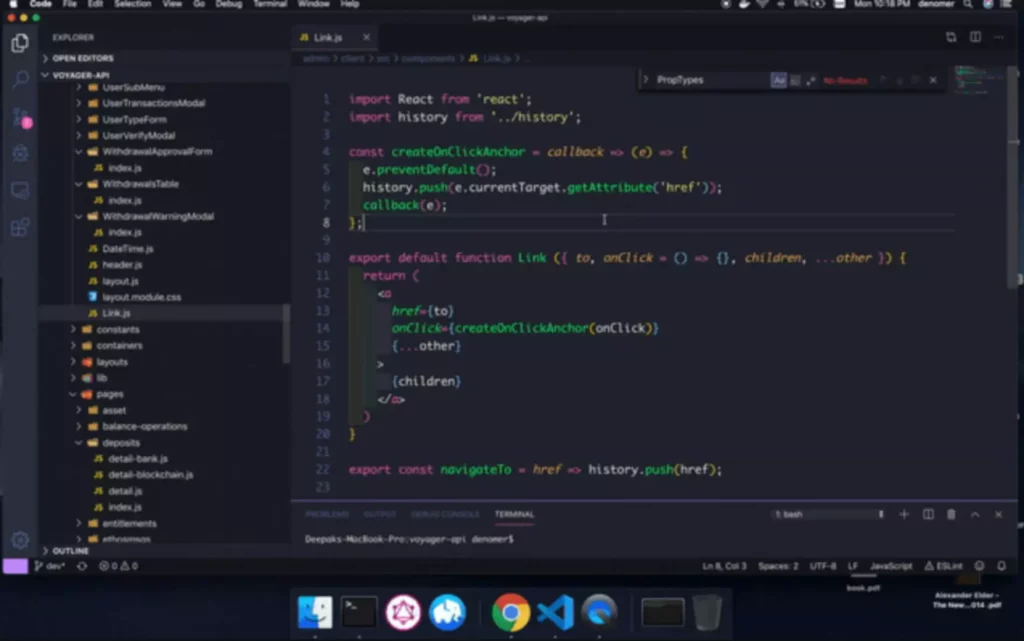Different frequent raster pictures embody 3D graphics, summary backgrounds, and watercolor backgrounds. Raster and vector are two file types we use to store digital pictures. The fundamental difference between these two types of digital pictures is that the raster image is fashioned using pixels. Nevertheless, the vector picture is shaped using a mathematical expression, strains and curves with fixed checkpoints. Photoshop works with raster (pixel-based) pictures, the place each element is a tiny coloured square. This pixel-level control makes it good for duties like photograph retouching, digital portray, or adding sensible textures.
- A small downside to utilizing vector photographs is the fact that they are usually saved within the native format of the program used to create them.
- While Illustrator’s vectors ensure infinite scalability, integrating raster elements corresponding to Photoshop textures or photographs can result in pixelation when resized.
- You can use Vector and Raster pictures collectively if you to print a photo with a emblem like a brochure, postcards, business greeting, etc.
Small File Sizes
We advocate submitting the vector file if your design is in each vector and raster format. This ensures that your file will not lose decision, irrespective of the sticker measurement we print. Raster and vector photographs are two graphic codecs that can be utilized to design custom stickers and other materials.
Zoom in on a raster picture to view the data it contains – information on the color of each raster and vector graphics pixel. Zoom out, and the pixels appear to combine flawlessly to form an image. On the opposite hand, allows you to view the sleek forms and curves of the image’s elements rather than particular person pixels.
These online tools might help you turn pixelated raster pictures into smooth, scalable vector graphics. As a graphic designer, it’s necessary to know the difference between raster and vector image sorts. When working with digital files, these are two phrases you’ll come throughout often. Each one has its own advantages and drawbacks, so it’s essential to have an understanding of what they’re and when to make use of each one.
No Loss In Decision
Photographs that have to be scaled to completely different sizes, vector graphics are used to attain these results. Rasterizing a picture modifications the file from a vector format to a raster-based picture. A rasterized image will now not be composed of vector paths and curves, but shall be made up of pixels, and you won’t be capable of edit it utilizing vector enhancing software program.

This investigation delves into the complexities of vector and raster graphics creation. It sheds gentle on the methodologies, tools, and artistic processes that go into each technique. Most often they are vector recordsdata, nevertheless it is determined by what program was used to create it.
If you want to addContent the image on the Web, use it for PPT, or email it, then a raster picture is perfect for your use. If you want to print the picture on a banner or flex, you might have to rescale the image, so on this case, vector pictures will work greatest for you. While extra computationally intensive than rasterization, ray tracing produces photorealistic photographs with natural-looking illumination. Current hardware advances have made real-time ray tracing more and more possible in client applications.
File Kind And Measurement
It’s important to note that during this conversion, the size of the original vector picture stays the identical. Converting a vector file to various raster file codecs https://deveducation.com/ is relatively simple. However, the reverse course of, converting from raster to vector, can be more difficult.

No matter you are group Illustrator or Photoshop, you typically must export designs as raster files or internet, print, or integration into different tasks. In these situations, sustaining image readability and detail could be difficult, and may usually lead to burriness, pixelation, or noise. Adobe Photoshop is a raster-based enhancing software designed for working with pixels.

The elegance of vector graphics extends properly beyond their scalability. Designers have precise control over every artwork side since they’re fundamentally constructed using mathematical equations. This level of precision empowers creators to make fine changes effortlessly, making certain that each factor aligns completely with the overall design imaginative and prescient. From adjusting line thickness to modifying the curvature of a form, vector graphics provide a playground of inventive possibilities where creativeness is aware of no bounds. On the opposite hand, vector graphics are the mathematics gurus of your inventive circle.
These two forms of images are utilized in all places from net design, digital advertising, and graphic design to pictures and television. In this in-depth characteristic, we will delve into the intricacies of these two varieties that will help you perceive the most effective software for every. So, embrace each codecs in your design journey and let your creativity move, using the best of each worlds to bring your creative vision to life. With so many images to pick from online, deciding which file types to make use of can take time and effort. Pixels compose raster pictures, whereas mathematical shapes and routes compose vector images.
You can change colours, resize lines, and add or remove options effortlessly. This makes vector graphics an ideal option for logos, icons, and different designs that always require modifications. Extra pixels translate to a higher quality image and, ergo, a bigger file size.
